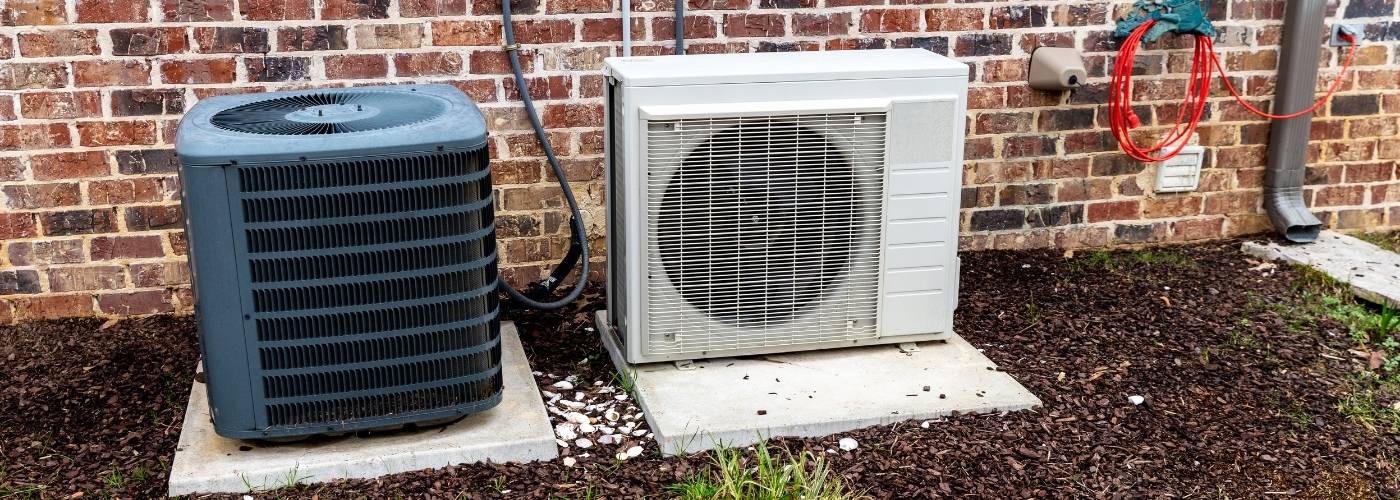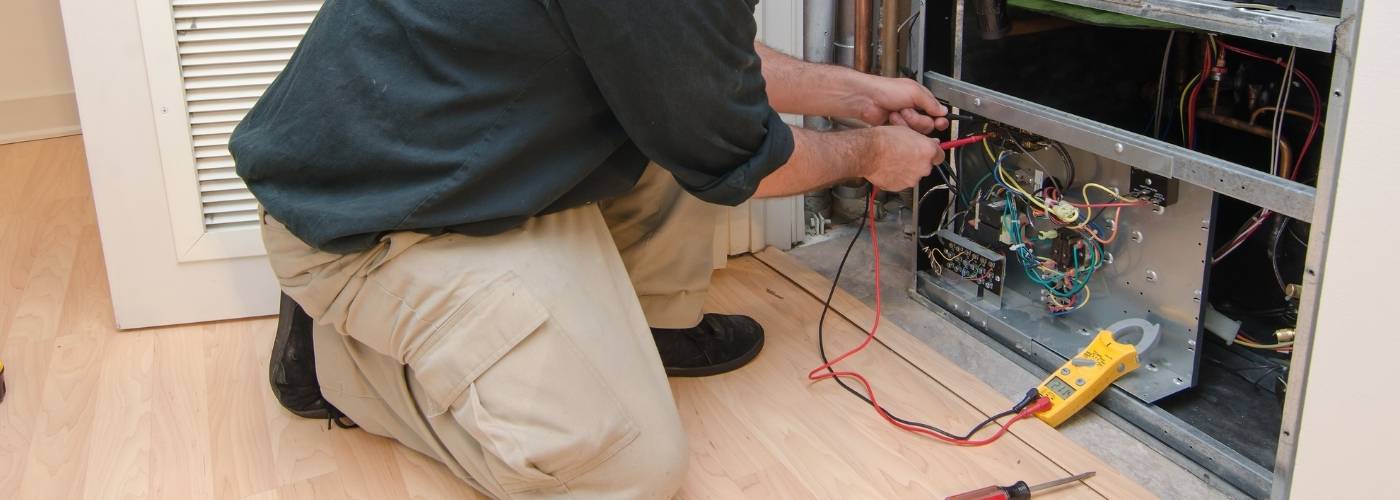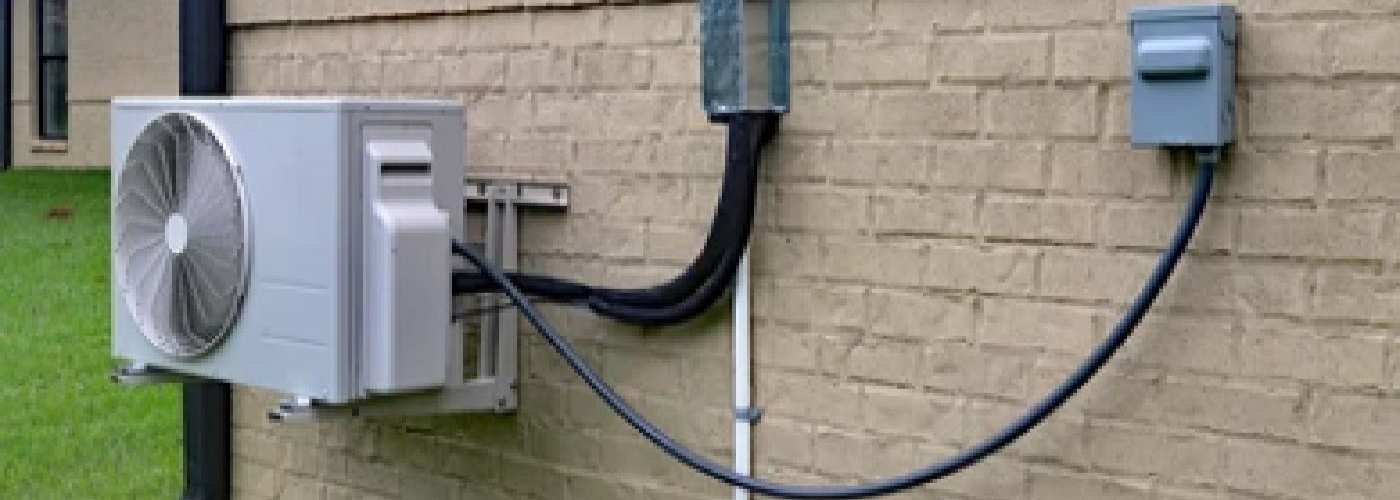If you’re looking for a more efficient way to cool your home, you may want to consider a mini split AC. Mini split ACs are easy to install, come in a variety of colors and designs, and can be controlled with a remote. This guide to mini split AC’s will teach you everything you need to know about the various options for mini split AC’s.
What Is A Mini Split AC
A mini split AC is a type of air conditioner that is composed of two units: an outdoor compressor/condenser and an indoor air handling unit. The outdoor unit houses the compressor, condenser coil, and expansion valve, while the indoor unit contains the evaporator coil. These units are connected by refrigerant lines.

Mini split ACs are becoming increasingly popular due to their many benefits. They are very efficient, provide good air quality, and can be used in a variety of settings. Additionally, mini split ACs are much quieter than traditional air conditioners and take up less space.
Are Ductless Mini Split Air Conditioners Energy Efficient?
Ductless mini split air conditioners have been gaining popularity in recent years as a more energy-efficient alternative to traditional central air conditioning systems. But are they really as energy efficient as they claim to be?
A ductless mini split air conditioner consists of an outdoor compressor unit and one or more indoor units that are mounted on the wall or ceiling. The indoor and outdoor units are connected by a small conduit that contains the power and refrigerant lines.

The main advantage of a ductless mini split air conditioner over a traditional central air conditioner is that it doesn’t require any ductwork. Ductwork can account for up to 30% of the energy loss in a typical central air conditioning system. However, more efficiency means fewer AC repair services.
Can Mini Split Ac Lines Be Run Inside The Walls
Yes, multi-zone mini split AC lines can be run inside the walls. This is a common installation method in many homes and businesses. There are a few things to consider when running the lines inside the walls. First, you will need to make sure that the wall is thick enough to accommodate the lines. Second, you will need to make sure that the wall is structurally sound enough to support the weight of the lines.
Also, you will need to make sure that there is adequate space inside the wall for the lines. Lastly, you will need to make sure that there isn’t any important pipes or lines that may obstruct the line installation. There should be enough clearance for the lines to run through without any other home components that may cause damage to the mini split AC. Holes may need to be drilled in the walls, so the pipes shouldn’t get affected.

How Do You Prevent Ice In A Mini Split Air Conditioner?
As the weather gets colder, you may start to notice ice forming on your mini-split air conditioner. While this is not a major problem, it can be a nuisance and cause your unit to work less efficiently. You can do a few things to prevent ice from forming on your mini split air conditioner.
First, make sure that the temperature around the unit is not too cold. If the temperature is below freezing, ice will form no matter what you do. Second, keep the air filter clean. A dirty air filter will restrict airflow and cause the evaporator coils to frost over. Third, keep the coils themselves clean with routine AC maintenance. Dust and dirt build-up on the coils can also cause frosting.
These simple steps prevent ice from forming on your mini split air conditioner and keep it running smoothly all winter long.
